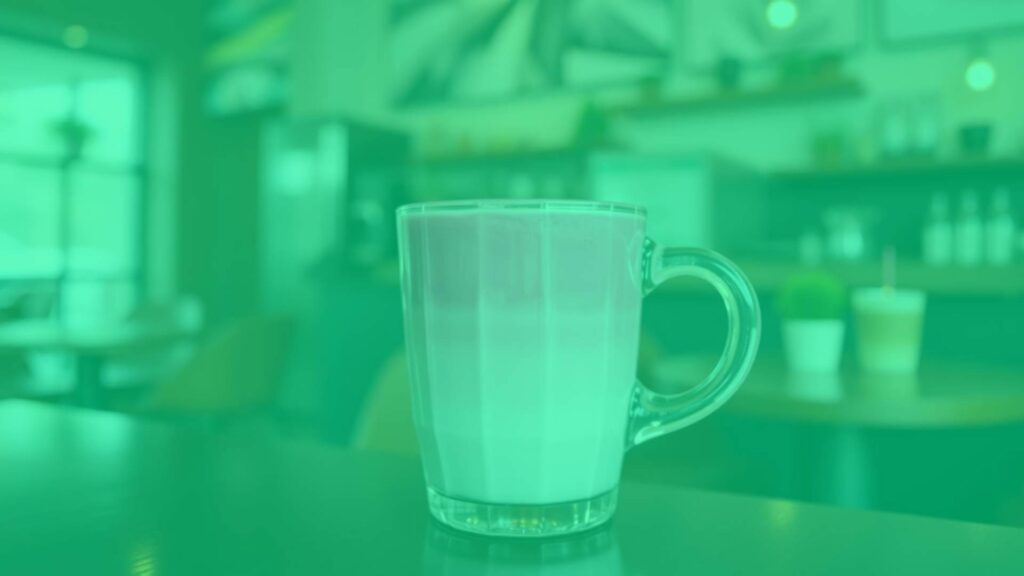The Pink Latte: Characteristics & Distinctiveness
The pink latte is a visually striking and modern twist on traditional Italian coffee drinks. Distinguished by its vibrant pink hue and delicate layering, the pink latte blends the world of specialty coffee with health-forward and artistic trends. While not native to classic Italian coffee culture, it draws inspiration from the Italian passion for espresso-based beverages and reinvents the concept with unique, colorful ingredients. The pink latte is typically non-caffeinated, but variations can incorporate espresso for an energizing kick.
What Makes a Pink Latte Unique?
Unlike classic Italian coffee drinks such as the cappuccino or macchiato, the pink latte owes its color to natural ingredients like beetroot powder, pink pitaya (dragon fruit), or sometimes a touch of berry infusion. These components not only provide a distinctive appearance but also subtly influence the drink’s flavor and aroma. The pink latte is characterized by its creamy texture, gentle sweetness, and a mellow earthiness, depending on the base ingredient.
Key Ingredients & Typical Preparation
A traditional pink latte consists of a plant-based milk (such as almond, oat, or coconut milk), a pink-hued powder (most commonly beetroot), and an optional sweetener like honey or agave syrup. Some contemporary versions include a shot of espresso to blend Italian coffee culture with novel elements. The skillful heating and frothing of milk results in a silky microfoam, echoing the beloved texture of Italian lattes.
Flavor, Texture, and Appearance
The pink latte is appreciated for its creamy, smooth mouthfeel and gently sweet, earthy flavor profile. Beetroot imparts a subtle vegetal note, while dragon fruit delivers mellow, fruity flavors. Visually, its pastel or vivid pink color creates a sense of whimsy and modern artistry, often enhanced with latte art or colorful toppings.
Origin and Historical Context
Though not part of Italy’s centuries-old coffee tradition, the pink latte emerged from the global third-wave coffee movement, which began innovating with coffee and milk pairings in the late 2010s. Cafés with Italian-inspired menus, particularly outside Italy, began offering pink lattes as a playful homage to the Italian emphasis on beautiful, well-crafted drinks. Its rise aligns with increased consumer interest in wellness, visual presentation, and plant-based alternatives.
Italian and Regional Influence
While you are unlikely to encounter a pink latte in a traditional bar italiano, the drink is a product of the same coffee artistry and care that define Italian coffee culture. It channels the Italian focus on presentation and balance, adapting these values to a new generation of international coffee lovers.
Popular Variations and Substitutions
The pink latte is highly adaptable. Some common variations include:
- Adding a shot of espresso for a caffeinated version, creating a fusion between a classic Italian latte and a wellness drink.
- Substituting beetroot powder with pink pitaya for a tropical, fruit-forward flavor and even brighter color.
- Infusing with rosewater for an aromatic floral note and enhanced complexity.
- Utilizing dairy milk for a richer body, or frothing coconut milk for a creamier, subtly sweet twist.
Serving Suggestions & Pairings
Pink lattes are typically served in clear glasses or large cappuccino cups to showcase their color and foamy top layer. They pair equally well with classic Italian biscotti, almond croissants, or light fruit tarts. Given their gentle, earthy profile, they complement both sweet pastries and lighter brunch fare, such as granola bowls or yogurt parfaits. For an Italian-inspired touch, serve alongside cantucci or a slice of ciambella.
Frequently Asked Questions
Is the pink latte naturally pink?
Yes, the characteristic pink color comes from natural ingredients like beetroot or dragon fruit, with no artificial colorants needed.
Does the pink latte contain caffeine?
By default, pink lattes are caffeine-free, but some modern versions include espresso for additional flavor and energy.
Is the pink latte considered traditional in Italy?
No, this drink is a recent innovation and is not traditionally found in Italian cafés, but its preparation and aesthetic reflect Italian coffee culture values.
Can the pink latte be made with cow’s milk?
Absolutely. While plant milks are often used for their sweetness and ability to froth, dairy milk works just as well for those who prefer a classic latte texture.
Conclusion
The pink latte brings together modern wellness trends and Italian-inspired coffee artistry to create a drink that is as pleasing to the eye as it is to the palate. Whether enjoyed as a caffeine-free alternative or with a dash of espresso, it offers a colorful way to explore the evolving world of specialty coffee beverages.

